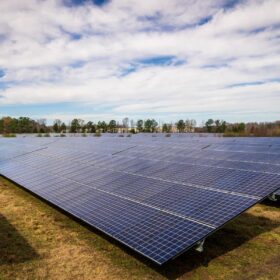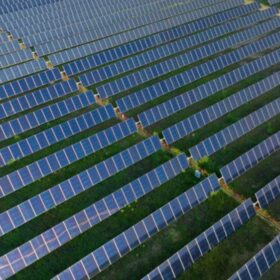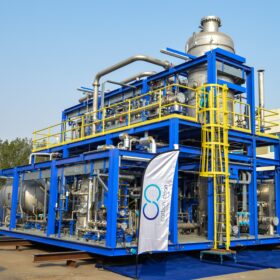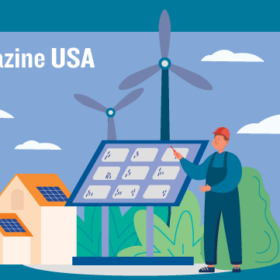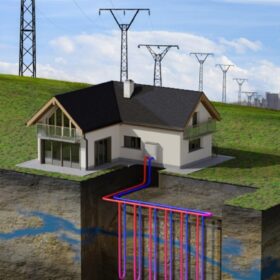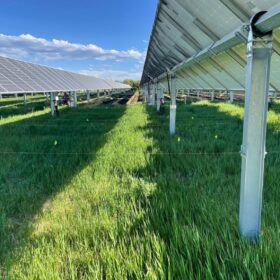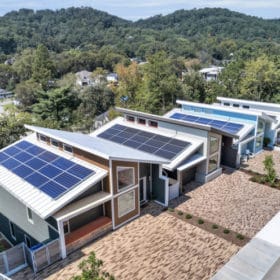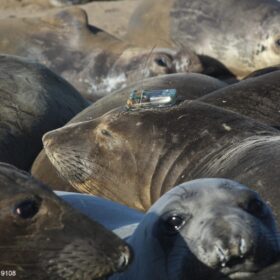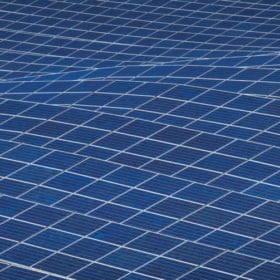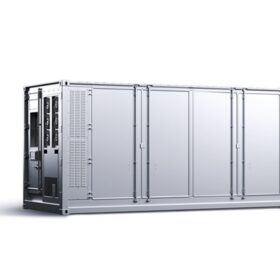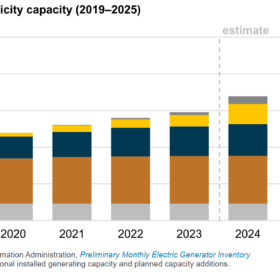Could blue hydrogen offer a ‘pragmatic transition’ to green hydrogen?
Blue hydrogen is a form of the resource produced from fossil fuels, where the carbon dioxide is then captured and stored.
What happens when the sun doesn’t shine?
Solar power and wind energy depend on intermittent energy sources, and a team from Pacific Northwest National Laboratory looked at the frequency and duration of ‘energy droughts’ across the U.S. in order to help grid operators keep the energy flowing.
Solar electricity’s modest growth post-2022 slowdown
Solar electricity’s slower growth as part of all electricity generation in the U.S. this year, reflects the impact of reduced solar capacity installations in the previous year.
Carbon capture hubs could present solution for industrial emitters
There are more than 3,000 such carbon emitters in the country, collectively producing some 266 million metric tons of CO2 annually according to a report by the EFI Foundation and Horizon Climate Group.
Sunrise brief: Geothermal heat pumps help decarbonize energy use and more
Also on the rise: All solar cell efficiencies at a glance. Dominion activates Virgina’s largest grid-scale battery storage facility. And more.
Geothermal heat pumps help decarbonize energy use and more
Mass adoption of geothermal heat pumps can decarbonize buildings, thus reducing grid transmission needs, according to a report conducted by researchers Oak Ridge National Laboratory and the National Renewable Energy Laboratory.
Agrivoltaics may increase forage quality in semi-arid regions
New research from the United States showed agrivoltaic plants on grassland may not only maintain grass productivity but also increase forage quality. The scientists took their measurements at the Jack’s Solar Garden (JSG), an elevated, south-oriented agrivoltaic research facility using single-axis-tracking systems near Longmont, Colorado.
What drives solar adoption not equal across income levels
Lawrence Berkeley researchers studied how solar buying decisions are influenced across varying income levels and offer rationale for policy changes and incentives to spur adoption among low- to middle-income households.
Photovoltaics for marine wildlife telemetry devices
A research team has tested mini solar modules in marine data collection devices, using animal hosts for water column profile measurements. The findings suggest that submarine PV can effectively operate in these applications at depths of up to 22 meters.
U.S. Energy Information Administration says solar power will surpass hydropower by 14% next year
The rapid growth in the generation capacity of solar systems and decreased manufacturing costs can be attributed to this finding.

